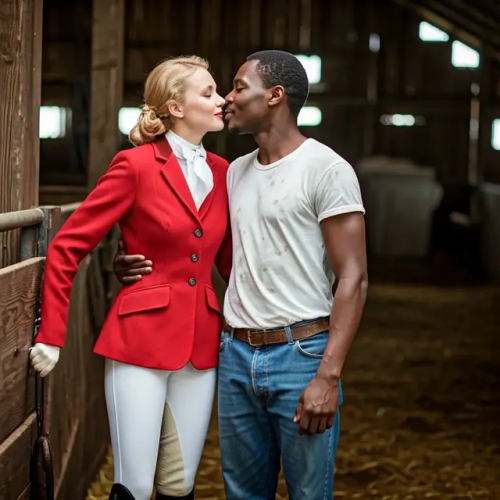103 posts
Latest Posts by im-black-inside - Page 4






Ruby Bridges' story is a significant moment in the American Civil Rights Movement. Here's a breakdown of her case:
* Background:
* Ruby Bridges was born on September 8, 1954, in Tylertown, Mississippi.
* Her family moved to New Orleans, Louisiana, seeking better opportunities.
* In 1954, the U.S. Supreme Court ruled in Brown v. Board of Education that racial segregation in public schools was unconstitutional.
* Desegregation:
* In 1960, at the age of six, Ruby Bridges became the first African American child to integrate William Frantz Elementary School, an all-white school in New Orleans.
* She was chosen to attend the school after passing a test administered by the school district.
* Her attendance was met with intense hostility and racism.
* She was escorted to and from school by federal marshals due to threats to her safety.
* Impact:
* Ruby Bridges' courage in the face of adversity became a symbol of the struggle for racial equality.
* Her actions played a crucial role in the desegregation of public schools in the South.
* Her story continues to inspire conversations about race, equality, and the importance of education.
* Legacy:
* Ruby Bridges has become a civil rights activist.
* She has created the Ruby Bridges foundation, to promote tolerance and unity through education.
* Her story has been told in books, movies, and paintings, most notably Norman Rockwell's "The Problem We All Live With."
In essence, Ruby Bridges' case represents a pivotal moment in the fight for civil rights, demonstrating the bravery of a young girl who helped to change the course of American history.
Even between girls, black is on top
Black is beautiful. South Africa 🇿🇦




















